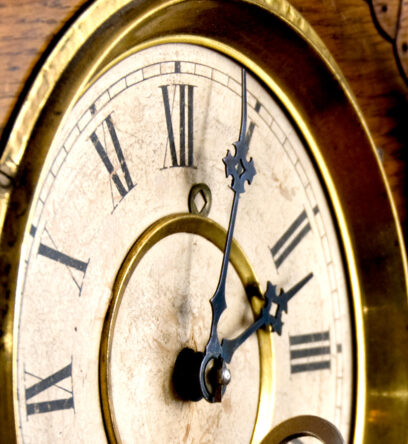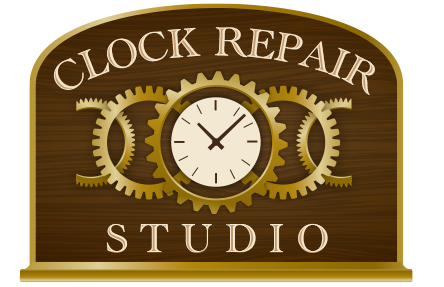
Always move the hands slowly and stop if you feel any resistance!
NOTE: If you are not a clock professional, or familiar with the intricacies of your clock’s mechanism, we recommend calling Clock Repair Studio for professional service.
To change the time, always use the minute hand. Since the minute hand is connected to the gearing, moving the minute hand also moves the gearing inside the clock. The hour hand is merely friction fit on its arbor on practically all contemporary grandfather clocks and many older models.
It slips when you move it without altering anything else. The hour hand will consequently disagree with the hour strike as a result of this.
Hermle, Urgos, or Kieninger movements are found in the majority of grandfather clocks made today. Hermle’s motions should only enable the hands to move in a clockwise direction; Urgos and Kieninger’s movements permit the opposite.
In any instance, stop moving the hand immediately when each chime or strike begins to run until it has finished.

